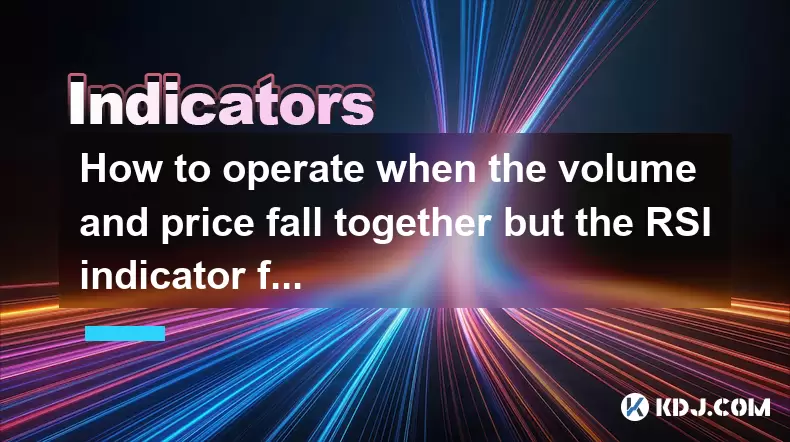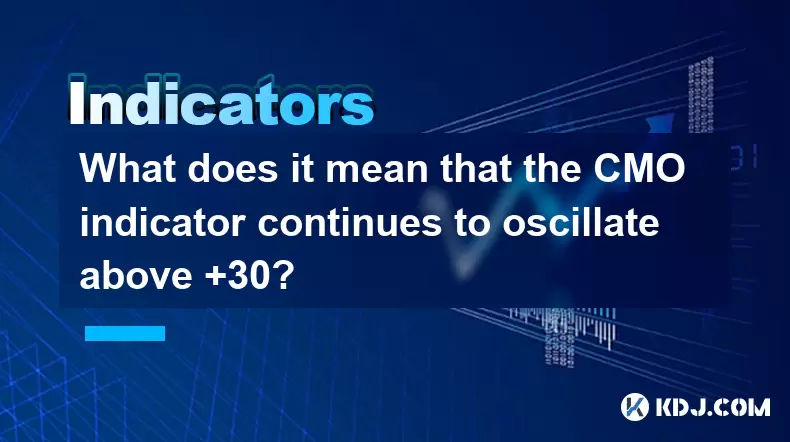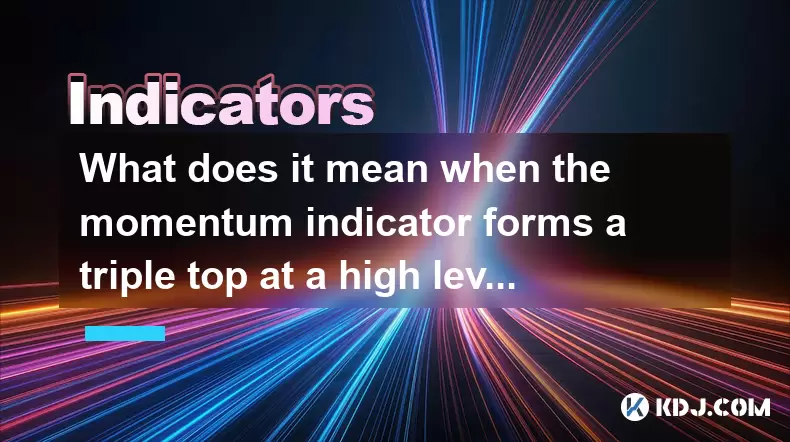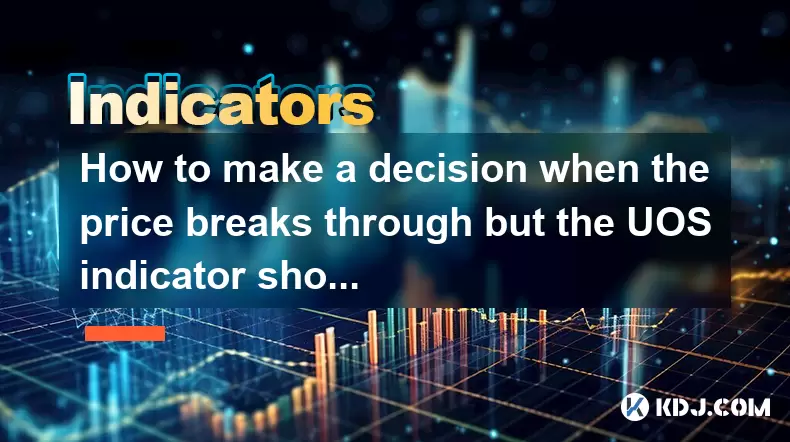-
 Bitcoin
Bitcoin $105,953.9980
3.06% -
 Ethereum
Ethereum $2,445.3292
6.68% -
 Tether USDt
Tether USDt $1.0006
-0.03% -
 XRP
XRP $2.1968
7.03% -
 BNB
BNB $643.2903
2.13% -
 Solana
Solana $144.2799
3.82% -
 USDC
USDC $1.0000
-0.03% -
 TRON
TRON $0.2739
0.49% -
 Dogecoin
Dogecoin $0.1642
4.47% -
 Cardano
Cardano $0.5834
5.49% -
 Hyperliquid
Hyperliquid $38.0741
2.80% -
 Sui
Sui $2.7741
7.56% -
 Chainlink
Chainlink $13.4107
11.26% -
 Bitcoin Cash
Bitcoin Cash $450.4828
-0.61% -
 UNUS SED LEO
UNUS SED LEO $9.1301
0.64% -
 Stellar
Stellar $0.2476
5.49% -
 Avalanche
Avalanche $18.0637
5.09% -
 Toncoin
Toncoin $2.9066
2.43% -
 Shiba Inu
Shiba Inu $0.0...01160
4.01% -
 Hedera
Hedera $0.1527
8.00% -
 Litecoin
Litecoin $84.6122
2.37% -
 Monero
Monero $317.6076
5.76% -
 Ethena USDe
Ethena USDe $1.0008
0.02% -
 Polkadot
Polkadot $3.4519
5.27% -
 Dai
Dai $1.0000
-0.03% -
 Bitget Token
Bitget Token $4.2835
5.62% -
 Uniswap
Uniswap $7.0443
9.78% -
 Pepe
Pepe $0.0...09964
7.41% -
 Pi
Pi $0.5391
4.64% -
 Aave
Aave $264.1743
11.26%
How to judge that the price breaks through the cloud but the hysteresis line has not turned?
A price break through the Ichimoku Cloud without the Chikou Span turning may signal a false trend change, requiring further confirmation before trading.
Jun 24, 2025 at 10:43 pm

Understanding the Ichimoku Cloud and Its Components
In technical analysis, the Ichimoku Cloud, also known as the Ichimoku Kinko Hyo, is a powerful tool used by traders to gauge momentum, trend direction, and potential support or resistance levels. The cloud itself is composed of multiple lines: Tenkan-sen (conversion line), Kijun-sen (base line), Senkou Span A and B (leading spans), and Chikou Span (lagging span). When analyzing price breaks through the cloud but the hysteresis line has not turned, it’s crucial to understand each component's role.
The Senkou Span A and B form the boundaries of the cloud. When price moves above or below this area, it signals a potential shift in trend. However, the Chikou Span, often referred to as the lagging line, must also be observed carefully.
Important Note: Just because the price breaks through the cloud doesn’t automatically mean a confirmed trend change if other components like the Chikou Span haven’t aligned accordingly.
Identifying a Price Breakthrough Above or Below the Cloud
A breakthrough of the price above the cloud typically indicates bullish momentum, while a break below the cloud suggests bearish sentiment. This occurs when the candlesticks or price bars move beyond the upper or lower boundary of the cloud formed by Senkou Span A and B.
To identify such a breakout:
- Observe the closing price relative to the cloud.
- Confirm whether the price remains consistently above or below the cloud for at least two to three periods.
- Look for volume confirmation to validate the strength of the breakout.
However, even if these conditions are met, if the Chikou Span hasn't changed direction, it may suggest that the breakout lacks confirmation from all parts of the indicator.
The Role of the Hysteresis Line (Chikou Span)
The Chikou Span is unique in that it plots the current closing price 26 periods back. It helps confirm the strength of a trend by showing how the current price relates to past price action. If the Chikou Span is rising and crosses above its own historical values, it can signal a strengthening bullish trend.
When the price breaks through the cloud, but the Chikou Span remains flat or declining, this divergence could indicate that the recent movement isn't supported by broader market sentiment.
Key points to consider:
- Is the Chikou Span crossing above or below its previous values?
- Does it align with the direction of the price movement?
- Is there a time lag due to the 26-period offset?
These questions help determine whether the breakout is sustainable or just a temporary fluctuation.
Analyzing Divergence Between Price and Chikou Span
One of the most critical aspects of interpreting the Ichimoku system is recognizing divergences between price and indicator components. When the price breaks out of the cloud but the Chikou Span hasn’t turned, it creates a type of divergence that should raise caution among traders.
This scenario can manifest in several ways:
- Price closes above the cloud, suggesting bullishness, but Chikou Span continues to trend downward.
- Price drops below the cloud, signaling bearishness, yet Chikou Span shows no upward reversal.
- Time-lag effects cause delayed reactions, making it appear as though the Chikou Span lags behind actual price movements.
Traders should not act solely on the price breakout without confirmation from the Chikou Span. Instead, they should wait for the lagging line to show a clear directional shift before entering a trade.
Practical Steps to Confirm the Trend Change
To avoid false signals and ensure a more reliable interpretation, follow these steps:
- Monitor the position of the price relative to the cloud over multiple periods.
- Wait for the Chikou Span to cross above or below its prior values to confirm trend direction.
- Combine Ichimoku readings with other indicators like RSI or MACD to verify momentum.
- Use candlestick patterns near the cloud boundary to assess market sentiment.
- Evaluate volume spikes during the breakout to see if institutional or large players are involved.
Each of these elements contributes to a more comprehensive understanding of whether the breakout is genuine or simply a retracement within a larger consolidation phase.
Frequently Asked Questions
Q1: Can I rely solely on the Ichimoku Cloud for trading decisions?
While the Ichimoku Cloud is a robust multi-dimensional indicator, relying solely on it can lead to missed opportunities or false signals. It’s best used in conjunction with other tools such as moving averages, volume indicators, or Fibonacci retracements to enhance accuracy.
Q2: What does it mean if the Chikou Span turns after the price has already broken the cloud?
This indicates a delayed confirmation of the trend. Although the breakout occurred earlier, the Chikou Span catching up confirms the trend’s validity. Traders may still enter trades at this point, but with adjusted stop-loss levels to account for the delayed entry.
Q3: How long should I wait for the Chikou Span to turn after a price breakout?
Since the Chikou Span is plotted 26 periods in the past, traders should allow sufficient time—typically 20–25 periods—for the line to reflect the current trend direction. Patience is key in avoiding premature entries.
Q4: Is the Ichimoku Cloud suitable for intraday trading in cryptocurrency markets?
Yes, but with adjustments. Shorter timeframes require tighter parameters. Some traders modify the default settings (e.g., using 9, 21, and 42 instead of 9, 26, and 52) to make the indicator more responsive to rapid price changes typical in crypto markets.
Disclaimer:info@kdj.com
The information provided is not trading advice. kdj.com does not assume any responsibility for any investments made based on the information provided in this article. Cryptocurrencies are highly volatile and it is highly recommended that you invest with caution after thorough research!
If you believe that the content used on this website infringes your copyright, please contact us immediately (info@kdj.com) and we will delete it promptly.
- Cryptocurrencies: Chart-Breaking Buys Beyond the Hype
- 2025-06-25 04:45:12
- Navigating Crypto Volatility: UNI Price, SUI Token, and the Rise of Unstaked
- 2025-06-25 04:45:12
- Bitcoin, Ethereum, and Geopolitical Tensions: Navigating the Iran-Israel Ceasefire
- 2025-06-25 05:05:13
- JPMorgan, Blockchain, and JPMD Token: A Quantum Leap for On-Chain Finance?
- 2025-06-25 05:05:13
- Bitcoin Desktop Wallets in 2025: A New Yorker's Take
- 2025-06-25 04:25:13
- Coinbase Stock Jumps: Decoding the Reasons Behind the Surge
- 2025-06-25 04:25:13
Related knowledge

How to operate when the volume and price fall together but the RSI indicator forms a bottom divergence?
Jun 25,2025 at 04:29am
Understanding the Concept of RSI Bottom DivergenceWhen analyzing cryptocurrency price charts, traders often rely on technical indicators to spot potential reversals. One such signal is a bottom divergence in the Relative Strength Index (RSI). This occurs when the price makes a new low, but the RSI does not confirm that low and instead forms a higher low...

What does it mean that the CMO indicator continues to oscillate above +30?
Jun 25,2025 at 03:29am
Understanding the CMO IndicatorThe Chande Momentum Oscillator (CMO) is a technical analysis tool developed by Tushar Chande to measure momentum in financial markets. In cryptocurrency trading, the CMO helps traders identify overbought or oversold conditions and potential trend reversals. The oscillator ranges from -100 to +100, with values above zero in...

What does it mean that the ATR indicator suddenly doubles after hitting a new low this year?
Jun 24,2025 at 11:57pm
Understanding the ATR IndicatorThe Average True Range (ATR) is a technical analysis indicator used to measure market volatility. Developed by J. Welles Wilder, ATR calculates the average price range between a security’s high and low over a specific period—typically 14 periods. It does not indicate the direction of price movement but rather how volatile ...

What does it mean when the momentum indicator forms a triple top at a high level?
Jun 25,2025 at 03:15am
Understanding the Momentum Indicator in Cryptocurrency TradingThe momentum indicator is a widely used technical analysis tool that measures the rate of change in price movements over a specified period. In cryptocurrency trading, where volatility is high and trends can reverse rapidly, this indicator helps traders identify potential trend reversals or c...

How to make a decision when the price breaks through but the UOS indicator shows a top divergence?
Jun 24,2025 at 11:42pm
Understanding the UOS Indicator and Price BreakthroughsThe Ultimate Oscillator (UOS) is a momentum oscillator that combines multiple timeframes to provide a more accurate picture of market momentum. When traders observe a price breakthrough — where the price moves above a key resistance level — but the UOS indicator shows a top divergence, it creates a ...

How to interpret the stochastic indicator being blunted for 5 consecutive days in the overbought area?
Jun 25,2025 at 03:00am
Understanding the Stochastic Indicator in Cryptocurrency TradingThe stochastic indicator is a momentum oscillator widely used in technical analysis within the cryptocurrency market. It helps traders identify overbought and oversold conditions by comparing a particular closing price of an asset to a range of its prices over a certain period. The standard...

How to operate when the volume and price fall together but the RSI indicator forms a bottom divergence?
Jun 25,2025 at 04:29am
Understanding the Concept of RSI Bottom DivergenceWhen analyzing cryptocurrency price charts, traders often rely on technical indicators to spot potential reversals. One such signal is a bottom divergence in the Relative Strength Index (RSI). This occurs when the price makes a new low, but the RSI does not confirm that low and instead forms a higher low...

What does it mean that the CMO indicator continues to oscillate above +30?
Jun 25,2025 at 03:29am
Understanding the CMO IndicatorThe Chande Momentum Oscillator (CMO) is a technical analysis tool developed by Tushar Chande to measure momentum in financial markets. In cryptocurrency trading, the CMO helps traders identify overbought or oversold conditions and potential trend reversals. The oscillator ranges from -100 to +100, with values above zero in...

What does it mean that the ATR indicator suddenly doubles after hitting a new low this year?
Jun 24,2025 at 11:57pm
Understanding the ATR IndicatorThe Average True Range (ATR) is a technical analysis indicator used to measure market volatility. Developed by J. Welles Wilder, ATR calculates the average price range between a security’s high and low over a specific period—typically 14 periods. It does not indicate the direction of price movement but rather how volatile ...

What does it mean when the momentum indicator forms a triple top at a high level?
Jun 25,2025 at 03:15am
Understanding the Momentum Indicator in Cryptocurrency TradingThe momentum indicator is a widely used technical analysis tool that measures the rate of change in price movements over a specified period. In cryptocurrency trading, where volatility is high and trends can reverse rapidly, this indicator helps traders identify potential trend reversals or c...

How to make a decision when the price breaks through but the UOS indicator shows a top divergence?
Jun 24,2025 at 11:42pm
Understanding the UOS Indicator and Price BreakthroughsThe Ultimate Oscillator (UOS) is a momentum oscillator that combines multiple timeframes to provide a more accurate picture of market momentum. When traders observe a price breakthrough — where the price moves above a key resistance level — but the UOS indicator shows a top divergence, it creates a ...

How to interpret the stochastic indicator being blunted for 5 consecutive days in the overbought area?
Jun 25,2025 at 03:00am
Understanding the Stochastic Indicator in Cryptocurrency TradingThe stochastic indicator is a momentum oscillator widely used in technical analysis within the cryptocurrency market. It helps traders identify overbought and oversold conditions by comparing a particular closing price of an asset to a range of its prices over a certain period. The standard...
See all articles
























































































